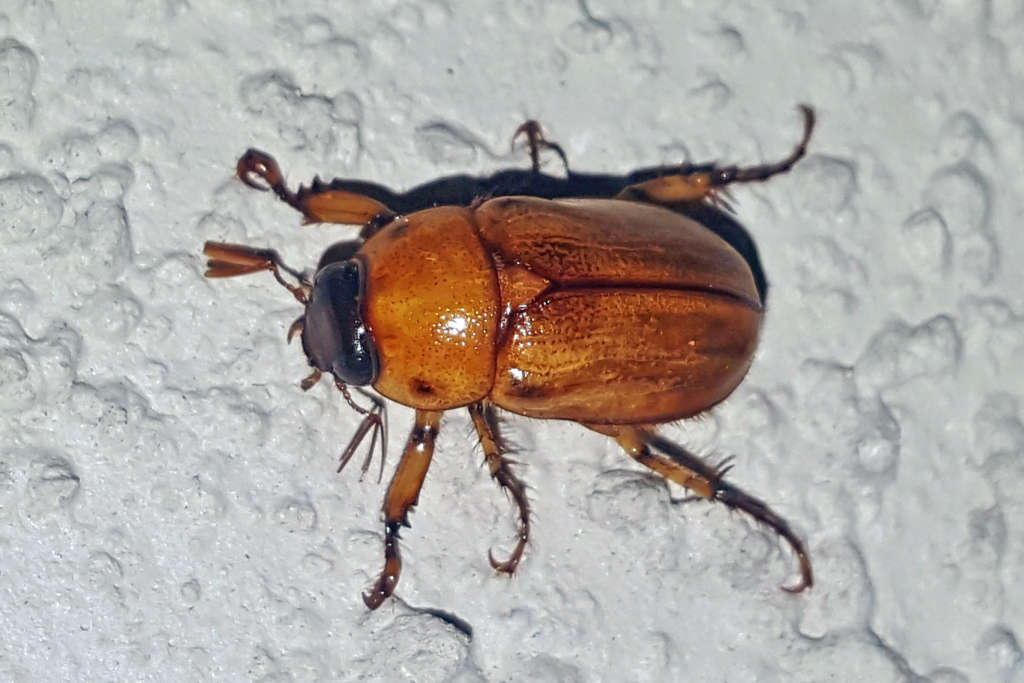Biology & Life Cycle
With so many species of beetles, it is no surprise that each species has its own life cycle. However, they generally follow a similar development pattern: egg, larvae, pupa and finally, adult. Female beetles will lay eggs, which develop into larvae that generally live in soil and are rarely seen above ground. The larvae—or grubs—will grow by shedding skin (or molting) until they reach the pupal stage. As pupa they resemble an adolescent beetle, but it is not until beetles reach sexually maturity that they are considered an adult in their particular species.
It should be noted, beetles are not considered harmful pest to humans. Yes, some will cause consider damage to lawns and crops, but no species in Missouri is known to carry or cause disease. This classifies them as a nuisance in many circles.


Habitats in Missouri
The various types of beetles occupy different habitats. Some are nocturnal; others are active during day. Many are good fliers and are attracted to lights at night. Some beetles feed on decomposing materials, such as dung beetles and June beetles, are seen on rotting materials. Plant feeder species are found on their favorite species of plants.
Diet & the Search for Food
Adult beetles feed on various materials, according to species. The mouthparts of most are adapted for chewing. Some eat decaying materials such as manure, rotting and fermenting fruits, and composting plant material. Some eat fungi and mushrooms, or tree sap. Others burrow into the soil and chew on plant roots. Some eat flowers, pollen, and nectar, with some species pollinating flowers in the process. Many beetles also eat leaves and fruits. The larvae of most eat decaying materials or plant roots.
Request a Free Pest Inspection
Request a Free Pest Inspection
Or call or text us at 636-297-1335
Or call or text us at 636-297-1335
Management & Eradication
Some types of beetles, such as the Japanese beetle, are voracious pests to lawns, gardens and crops. Root eating white grubs are known to disfigure lawns and golf courses. Yet other beetles help to decompose materials in compost. For instance, the dung beetle—also found in Missouri—helps clear pastures of manure and decaying matter. Many wild animals root out and eat grubs, including skunks, moles and birds. While other animals, including birds, bats and frogs, eat adult beetles.
Managing beetles vary from species to species, but generally includes using an insecticide that should be handled by a licensed professional. If you need assistance identifying a species, please contact us.
Please visit the University of Missouri’s Japanese beetle webpage for more information about Japanese beetles.

